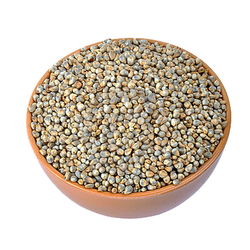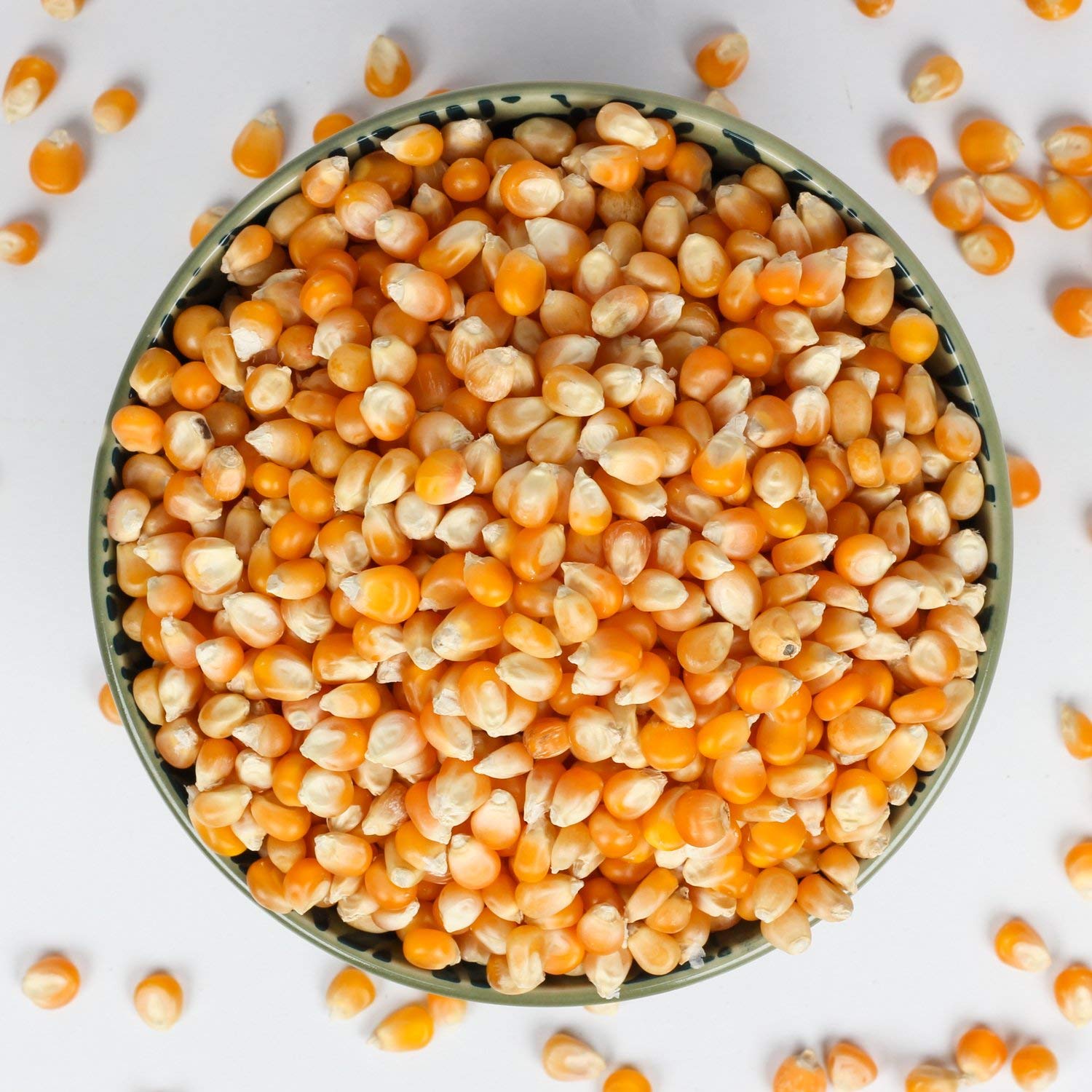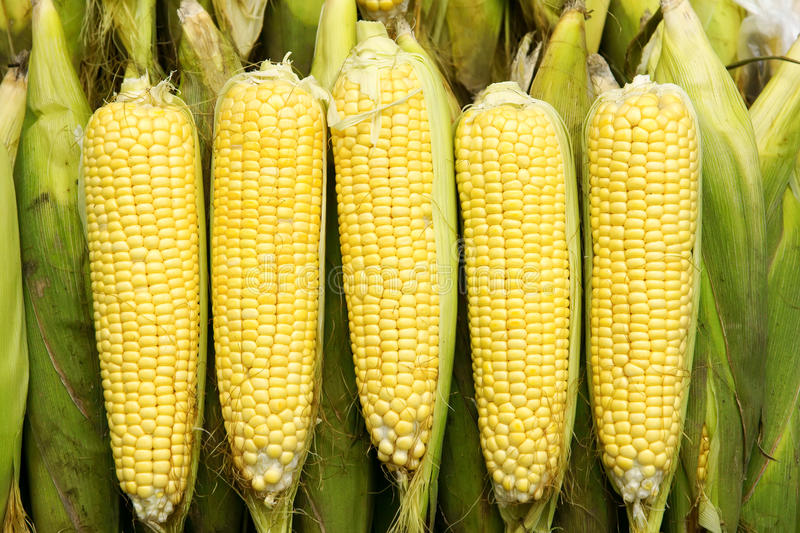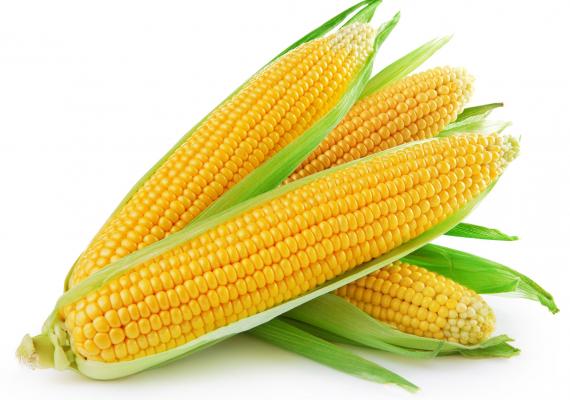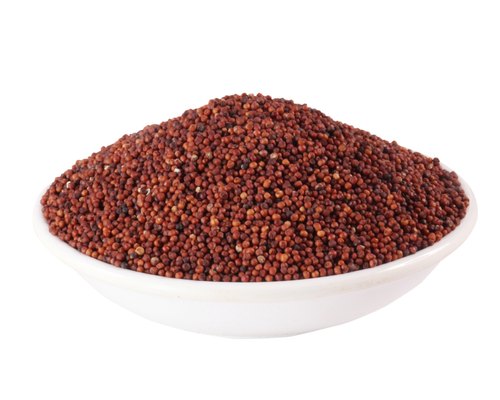Maltose
Macronutrient
Last update date: November 09, 2023
Maltose is a sugar formed when two glucose molecules are bound together. It is found naturally in several food sources like sweet potatoes, honey, and pears. It is also found in manufactured foods like bread, beer, and breakfast cereals.
Frequently Asked Questions
1.
What is Maltose?
Maltose is a type of sugar known as a disaccharide, composed of two glucose units bonded together. It occurs naturally in various foods like cooked sweet potatoes, pears, and honey. Additionally, it is present in manufactured food items such as beer, bread, breakfast cereals, and high-maltose corn syrup. When we eat foods containing carbohydrates, our digestive system breaks them down into smaller sugar units, including maltose, sucrose, and lactose. These sugars are further broken down into monosaccharides like glucose, fructose, and galactose, which are then utilized as fuel or stored in the body.
2.
What does maltose do for the body?
Maltose offers several health benefits due to its high fiber and iron content, as well as some protein. Throughout history, maltose has been used by the Chinese as a light medicinal treat to support better digestion and a healthier immune system, a practice that continues to this day.
3.
What is negative impact of Maltose?
Excessive consumption of maltose, just like other sugars, can lead to adverse health effects such as obesity, diabetes, and heart and kidney disease. As with most nutrients, the key is moderation. While research on the specific health effects of maltose is limited, it is advisable to be mindful of your overall sugar intake.
4.
Who should avoid Maltose?
There are no specific groups that must completely avoid maltose. However, individuals with conditions like diabetes or those aiming to manage their weight should be cautious about their sugar intake, including maltose. Moderation is essential for maintaining a healthy diet.
5.
What foods are high in maltose?
Maltose is commonly found in: Grains: Wheat, barley, and cornmeal. Breakfast Cereals: Some varieties contain malted grains. Fruits: Especially peaches and pears. Processed Foods: Used as a sweetener in candies, baked goods, and syrups. Beer: An essential component in the brewing process. Remember to consume maltose in moderation as part of a balanced diet.
6.
Where is maltose found in humans?
Maltose is mostly found in the salivary glands, small intestinal line and pancreas of the human body.




